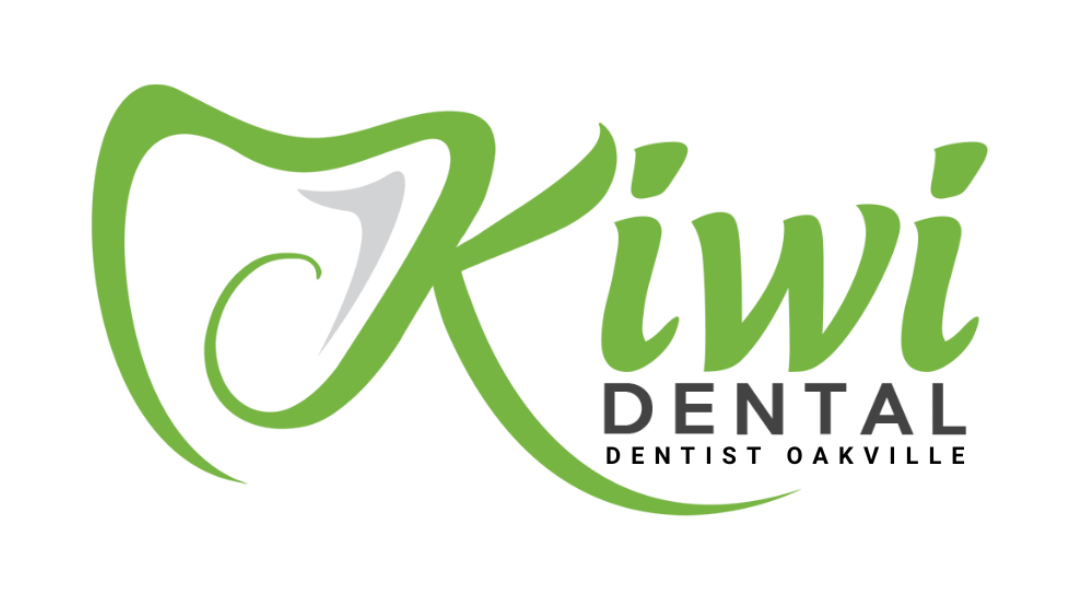


When it comes to maintaining your smile's health, early detection is crucial. That’s where digital X-rays have revolutionized modern dentistry, offering faster, safer, and more precise diagnostic tools than ever before. Whether you’re visiting your dentist for a routine exam or addressing a specific concern, digital X-rays play a crucial role in delivering high-quality care.
Digital X-rays use electronic sensors instead of traditional film to capture images of your teeth, jaw, and surrounding structures. These images are instantly available on a computer screen, enabling dentists to examine even the smallest details in real-time.

1. Lower Radiation Exposure
2. Sharper, High-Resolution Images
3. Faster and More Efficient
4. Environmentally Friendly
5. Easier Sharing and Record Keeping
With their enhanced accuracy, digital X-rays enable dentists to detect oral health issues in their earliest stages, ranging from tiny cavities and hidden infections to developing wisdom teeth and bone abnormalities. Early diagnosis means less invasive treatments, lower costs, and better outcomes for patients.
Digital imaging also plays a crucial role in planning complex procedures, such as dental implants, orthodontics, and root canals. Precise measurements and 3D imaging (in some systems) provide a roadmap that improves the safety and success of advanced dental treatments.
You may be asked to remove jewelry, glasses, or metal objects. A lead apron will be placed over your chest and sometimes your neck to protect you from radiation exposure.
A small sensor or film is placed inside your mouth. Depending on the type of X-ray, your dentist or hygienist will position your head and the machine accordingly.
You’ll be asked to bite down gently or hold still for a few seconds while the image is taken. There’s no discomfort, and the process is typically very fast.
The digital images appear almost instantly on a computer screen, allowing the dentist to explain findings and show you areas of concern or development.

Digital X-rays have become an essential tool in modern dentistry, providing clarity, speed, and safety in ways traditional methods simply can’t match. If it’s been a while since your last dental visit, now’s the perfect time to benefit from the latest in diagnostic technology. A clearer picture leads to a healthier smile!
“I am thrilled to share my exceptional experience at KIWI Dental (Oakville). From the moment I stepped through the doors, I felt at ease. The receptionists greeted me with smiles, and their professionalism in handling my appointment was commendable. Overall, my experience was nothing short of awesome.”
– Farzane E.
We’re proud of our 4.9 rating across 555+ reviews on Google.